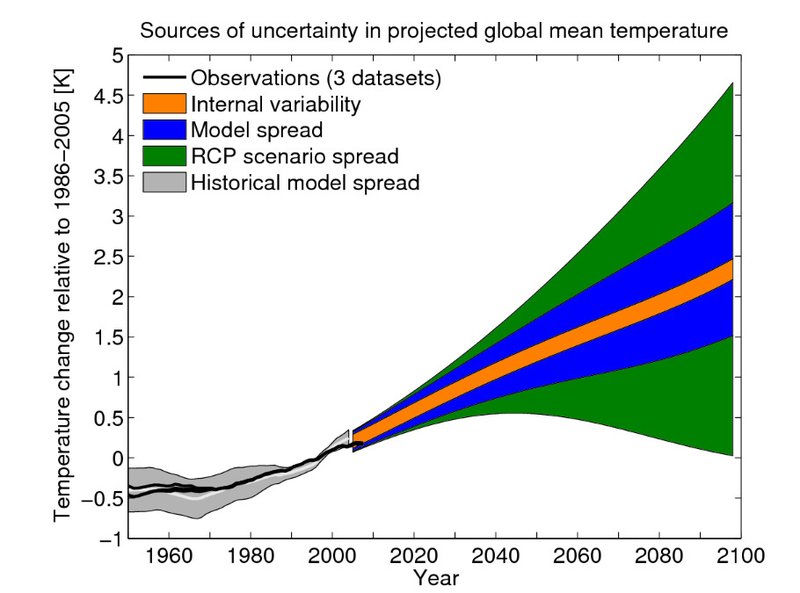Uncertainty
Current generation of climate models can accurately represent climate aspects. However, as global climate system is very complex, involving processes on various spatio-temporal scales, it became necessary to include various simplifications which originate uncertainties in future climate projections.
Uncertainty is inherent in all projections of the future and not peculiar to climate modeling.
Climate change and impacts associated with uncertainties are related to future path of emissions from global development of technology, energy consumption of the world population and many other socio-economic factors as well as limitations in climate models, due to limited knowledge of the climate system and simplifications needed in climate models.
About to climate change and impacts associated with uncertainties are related to future path of emissions, which is effect of technological development, energy consumption of world population, and many other socio-economic factors as well as limitation in climate models. That is due to the level of understanding of the climate system and simplifications needed in climate models. While uncertainty associated with climate scenarios is often regarded as problematic, allowing an assessment of robustness using a set of scenarios.

Figure 1. Sources of uncertainty in decadal projection of global temperature are expressed as a "cloud" (colored part of chart) indicating relative contribution to total uncertainty. Shaded regions represent 90% confidence intervals. Three main sources of uncertainty are projections of future climate (green), internal climate variability (orange), and inter-model variability (blue). Internal variability remains constant over time, and other uncertainties increase with different growth rates. (In Ed Hawkins and Rowan · Sutton. The potential to narrow uncertainty in projections of regional precipitation change. Clim Dyn manuscript 2010).